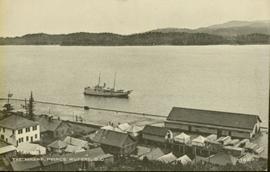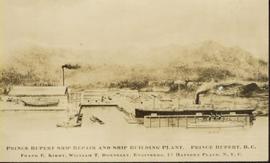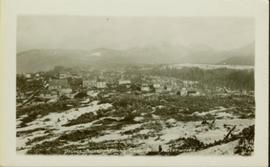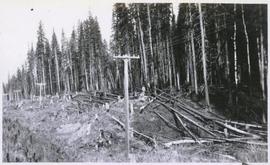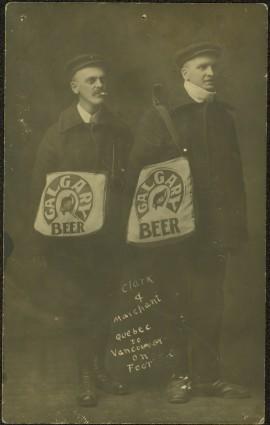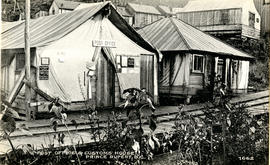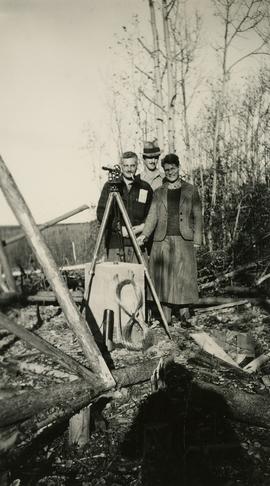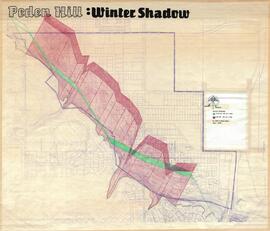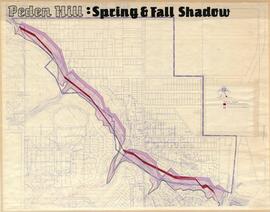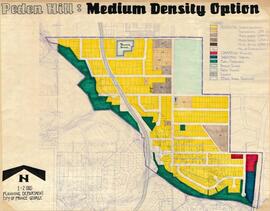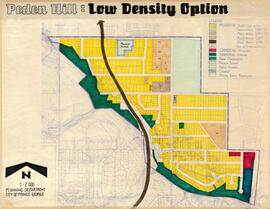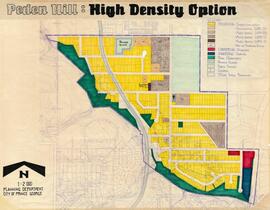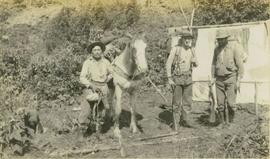File consists of a speech given by Gary Runka entitled "Private Land Needs and the BC Agricultural Land Commission Experience" for the Perspectives on Natural Resources Symposium II at Sir Sanford Fleming College in Lindsay, Ontario.
Commentary on this speech by Barry Smith of the Ministry of Agriculture and Lands:
"This represents a major, out of province speech. It covers some familiar historic themes concerning the implementation of the BC farmland preservation program but also provides other interesting insights. It includes an informative summary of the land scarcity problem particular to BC.
With the designation of the ALR complete, the much more difficult task is: "... to make the right land-use decisions within the agricultural zone and encourage good land use planning adjacent to it in order to accomplish the stated objectives." This statement clearly establishes the perspective that the ALC is not just focused on land within the ALR but believes its protection mandate extends beyond the bounds of the Reserve.
GGR states that for competing uses there are normally non-agricultural alternatives but: "...the ability and willingness to go in these other directions necessitates a radical change in thinking on the part of governments, private industry, real estate interests, and the general public." Fourteen competing land uses are noted.
It is noted that the ALC Act "...has provided impetus for more formal planning at the local and regional levels..." - a fact all too often missed.
GGR reviews the types of plan policies that will assist the preservation of farmland and support the continued farming of agricultural land.
A number of specific initiatives are noted and mention is made of the urban / rural fringe problems and the work of the Ministry of Agriculture Green Zone Committee. Mention is made of the challenges associated with dealing with conflicts with other provincial and federal agencies.
The paper is summarized with three general approaches to looking at land needs, land uses and resource planning drawn from GGR's personal experience:
- Canada can't afford many more mistakes in the area of land resource allocation and making land-use decisions on the basis of the land's inherent natural characteristics is more reliable and sensible than based on the protection of property values and simply accommodating growth pressures;
- The ALC has learned that every move in rural planning and every decision in resource management has impact upon agriculture; and
- Agricultural land preservation represents a provincial priority and it has identified a direction around which all others can plan.
GGR closes - "In the final analysis, it is the process of planning that is important, the product itself is never quite finalized."
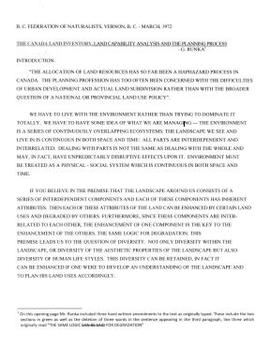
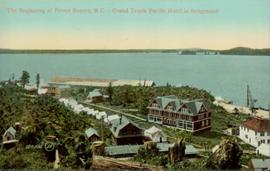
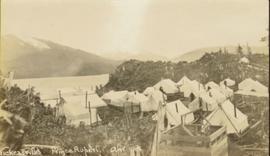
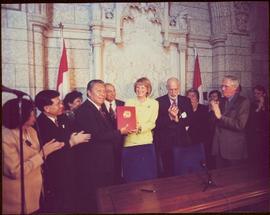
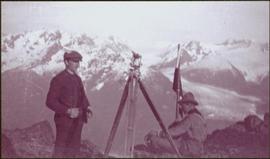
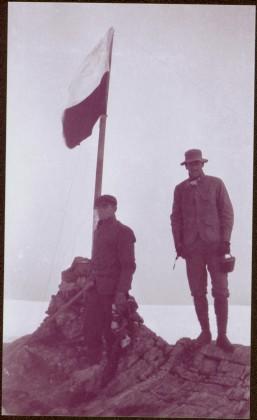
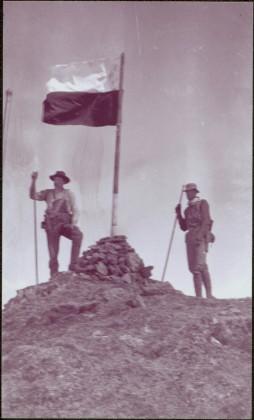
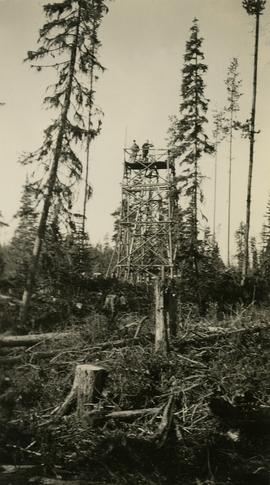
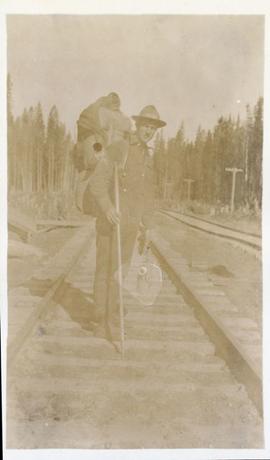
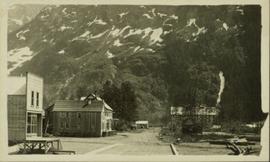
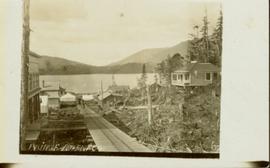
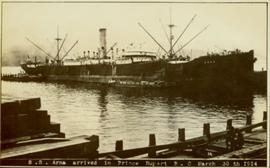
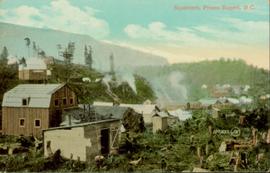
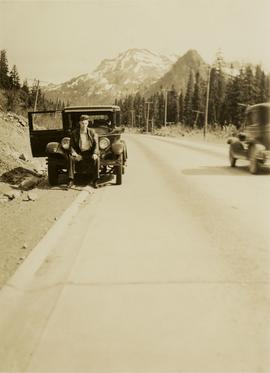
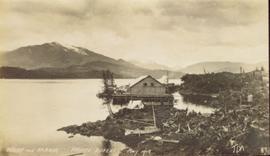

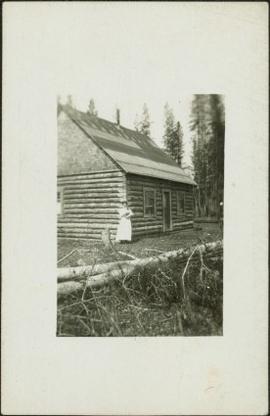
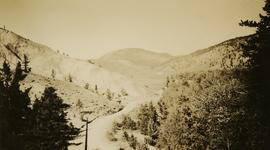
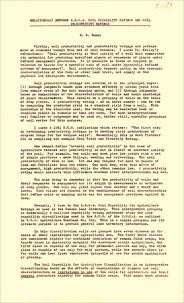
![Proposed Land Use 1978-2012, Official Community Plan, City of Prince George [1982 Amendment]](/uploads/r/northern-bc-archives-special-collections-1/6/6/9/669fc9dc3b840a6896f6a2a968a948283a3c5d972b6b48d718b427a57ebbe67f/2023.5.1.22_-_1982_-_Proposed_Land_Use_1982-2012_JPG85_tb_142.jpg)
![Proposed Land Use 1978-2012, Official Community Plan, City of Prince George [1979 Amendment]](/uploads/r/northern-bc-archives-special-collections-1/c/e/d/ced2c18ae074ee79ace57d0454f038b5e09774ff682567e053093476af37c166/2023.5.1.14_-_1979_-_1978-2012_Official_Community_Plan_City_of_Prince_George_JPG85_tb_142.jpg)
